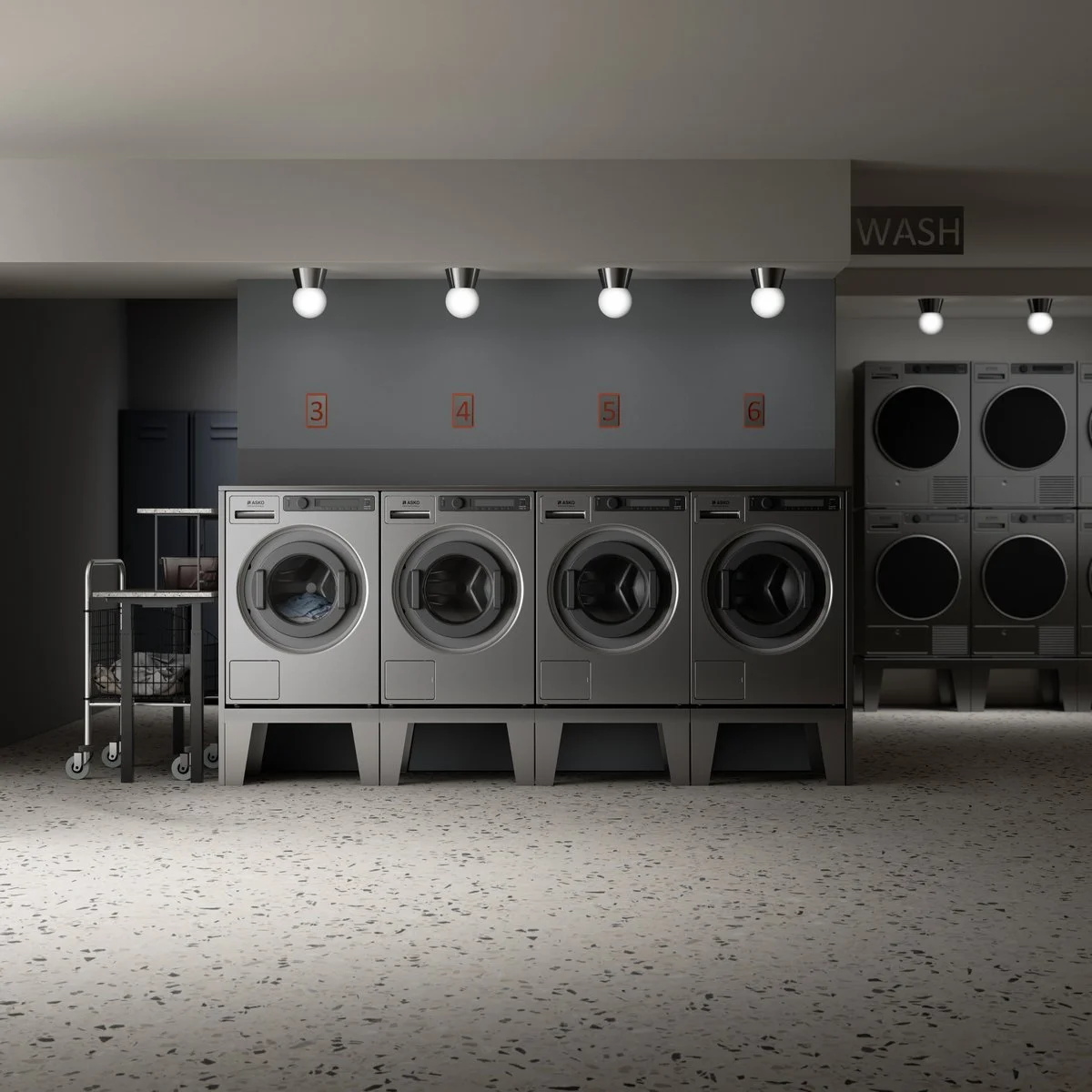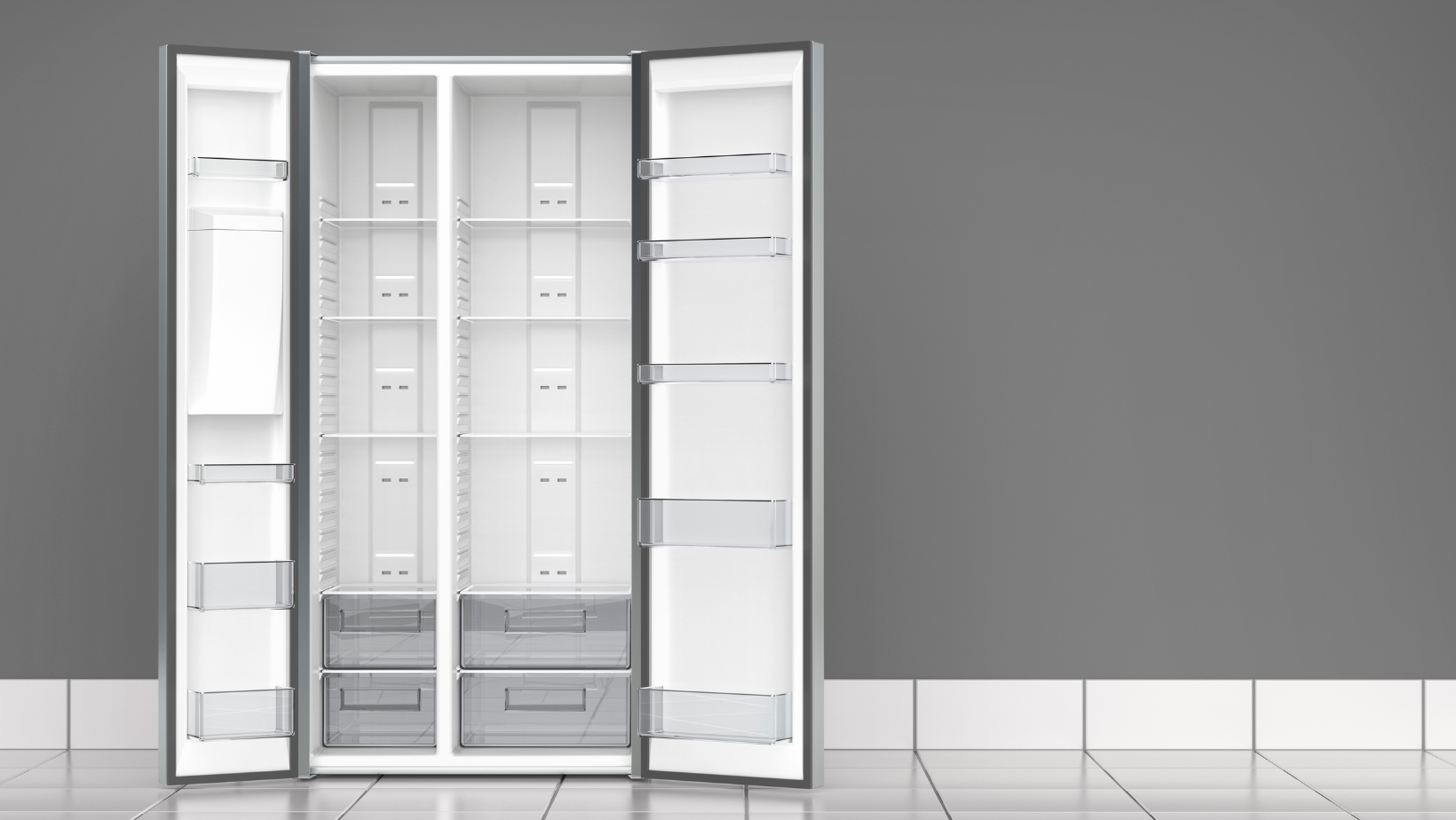Use Cases
Use Case 1: White goods - Washing Machines
Description
Our partner Gorenje has successfully developed new long-lasting washing machines and piloted 300 washing machines in 4 European countries in a circular pay-per-wash scheme. For scaling up, Gorenje plans to expand the pay-per-wash business model in different segments in the market with three distinct offers called Gold, Silver and Bronze. Gold offer includes brand new machine with premium service (i.e., service the machine instantly). Silver offer includes one-time remanufactured machines with moderate service and the Bronze offer includes two times remanufactured products with budget service (i.e. service within 1 week).
Challenge
To penetrate simultaneously in all 3 segments at the initial stage, Gorenje needs to have access to many used washing machines:
To ‘take back’ (returning old machines by customers when a new machine is installed) machines and explore the ‘buy back’ market potential to recover spare parts for the rest of the appliances
Gorenje will use its B-Stock (e.g., damaged machines during transportation and washing machines returned as warranty claims) as the source to scale up a pay-per-wash business model
These collected machines will be used to source spare parts that will serve all three segments of the pay-per-wash business model and allow cost-effective maintenance and refurbishment of washing machines
Due to high labour costs, the repair is quite an expensive operation in circular pay-per-wash business operation, so it’s important that every single part of it is optimised
Solution
To optimise the return of the right product at the right time as well as value recovery activities, the following will be developed:
A smart machine capable of condition monitoring
IoT platform to collect information in real-time for decision making
AI for optimizing the timing, quantity and quality of products need to be brought back (predictive maintenance)
AI for decision-making of what sort of value recovery activities should be undertaken both at the product and component level
Augmented reality to support the service personnel to optimise value recovery activities
Use Case 2: White goods - Refrigerators
Description
The largest refrigerator manufacturing factory of Arcelik is located in Eskisehir, Turkey, a key player in cooling home appliances in Europe, with approximately 7M refrigerator sales globally per year. Currently, 70.000 refrigerators are collected (mainly due to return rights and warranty claims), and a major part of the refrigerators are sent directly to the recycling centre annually, despite having huge potential for high-quality value recovery, such as refurbishment or component reuse. Due to insufficient capacity, only 10% of the collected refrigerators are inspected to enable refurbishing operations or component reuse. The insufficient capacity at Arcelik is due to the decision-making mechanisms in the inspection process, which is currently completely manual and based on the operators’ subjective assessment.
Challenge
Approximately 70.000 refrigerators are collected annually with a capacity of inspecting only about 7000 refrigerators causing huge negative economic and environmental impacts
The cycle time of inspecting each refrigerator is currently 2 hours which needs to be reduced significantly (the aim is 10-15 minutes).
The decision-making process of the operators is subjective and prone to making the wrong decision
Lack of transparency and accountability of recovered components and thereby, difficulty in integrating them into production and spare parts stock management
Solution
In order to increase the efficiency of the inspection process, support the decision-making process of the service personnel and optimise value recovery activities, our partner Arcelik will
Apply robot-assisted image processing technique for appliance and circuit board (PCB) damage detection, and bacteria inspection
Apply AI for image processing to support decision-making in value recovery activities
Use Case 3: Electronics - Printers
Description
Our partner Lexmark currently collects products from the markets in at least 3 ways: product returns from the B2B customers at the end of the leasing contract, taking back used printers by installing new fleets and buying back printers. These products have 3 destinies. In the best cases, products are remanufactured and sold to customers, harvesting spare parts - and in the worst-case scenario, components are sorted for efficient recycling. These return processes are constantly under development.
Challenge
There is a mismatch between supply and demand causing the value recovery to be highly inefficient. Furthermore, there is an issue with the lack of lifecycle as well as product usage information, which is essential for the decision-making process, and planning of the value-recovery activity (i.e., repair, remanufacturing, harvest spare parts, recycling etc.) for a specific printer. Currently, Lexmark gets some data from its leased printers, but no end-of-life data is available for other printers (sold through wholesalers and distributors or take-back printers). Lexmark wants to know what value recovery actions are more profitable and environmentally friendly and when the printers should be taken back.
In addition, Lexmark wants to achieve carbon neutrality in its operations and reduce the carbon impact of its products (with as little CO2 compensation as possible). Lexmark uses the Life-Cycle Assessment (LCA) approach, and all data are accessible on its Lexmark CSR website (https://csr.lexmark.com/). Currently, it is a manual and resource-intensive process. There is an interest in making the information available to a wider audience (i.e., different roles in the company such as compliance, procurement, sales etc.) to support them in their decision-making. Lexmark is interested in the whole value chain for CO2 data.
Solution
To optimise the return of the right product at the right time and value recovery activities, Lexmark will develop:
The access to the lifecycle and product usage information from the built-in sensors and monitoring of the condition of the printers
IoT platform to collect information (both from the printers leased and sold through the distributors) in real-time and decision-making
Apply AI to optimize the timing, quantity and quality of products that need to be brought back
Apply AI for decision-making regarding what sort of value recovery activities should be undertaken both at the product and component level
Use Case 4: Automotive
Description
Remanufacturing is a widespread standard in the automotive aftermarket, nevertheless, there is no commercial IT solution available in the market that exclusively supports the value recovery activities externally. Most large companies rely on Enterprise Resource Planning (ERP) systems which are designed for linear manufacturing systems and only include very limited functions for circular value recovery. Cases, where internally developed software is used, are designed for - and limited to - internal collaboration and do not support data sharing across the value chain. These ‘information-islands’ are an obstacle to the efficient cross-company allocation of used parts to value preserving and recovering activities such as re-using, refurbishing or remanufacturing.
Our partner C-ECO developed an automotive part data management platform that supports core management based on financial incentives. This platform incorporates ‘core-return options’ which enable efficient tracking and management of financial incentives, to motivate the return of used products. The concept of core-return options provides the potential to facilitate the structured return of used products for value recovery in any complex market environment, where producers only have limited access to the users of their products and little control over the reverse-supply chain. Besides, C-ECO will implement Augmented Reality (AR) in the sorting process to support the shop floor personnel.
Challenge
The platform currently mainly connects wholesalers from the automotive aftermarket. To fully exploit the potential of the concept of core-return options and the platform, it is necessary to upscale the usage of the platform to increase the used spare parts return rate, by a better allocation of core-return options of used products. This can only be achieved by connecting more users and new user groups to the platform, especially functions to better involve producers/remanufacturers are needed. The key to this is to provide relevant information and efficient user interaction, tailored to the business domain and informational needs of the users. This should not be limited to commercial situations, but also provide logistic information, product condition documentation, and decision-making support to users. It should create transparency in value recovery to enable them to control the value recovery chain without being burdened with its full complexity.
The core collection and sorting facilities of C-ECO collect many automotive parts from different manufacturers. After initial inspections, used spare parts are sorted based on types, manufacturers and destinations and stored in the designated boxes. Within this manual process, sorting errors can occur, which means additional resources for corrective actions - and in the worst-case scenario, wrong-used spare parts are delivered to the remanufacturers.
The intention in line with the DiCiM project is to provide a range of support solutions and innovative digital tools, to support individuals in their field in developing circular business processes. To achieve that, we will develop the specified functions to support individuals’ decisions, integrate them into the platform and compile and adapt them to specific targeted user groups.
Solution
To solve this issue, C-ECO needs to develop a portal compiling all relevant information for producers/remanufacturers to control the reverse value chain:
Realtime reporting cockpit for core-return options situations, returned products and condition, supply chain and warehouse situations
Business-specific configurator for options/execution rules and decision-making support
Underlying configurator: machine-readable core description based on a human-centred description
A digital twin of core-stock: Machine learning powered supply demand planning and forecasting function, creating incentive and real-time influence on the sorting decision
Apply AR technology where the shop floor personnel are equipped with AR glasses, preventing placing sorted used spare parts in the wrong box.
This portal will connect to existing platforms to propagate used parts demand based on core-return options towards their users.




